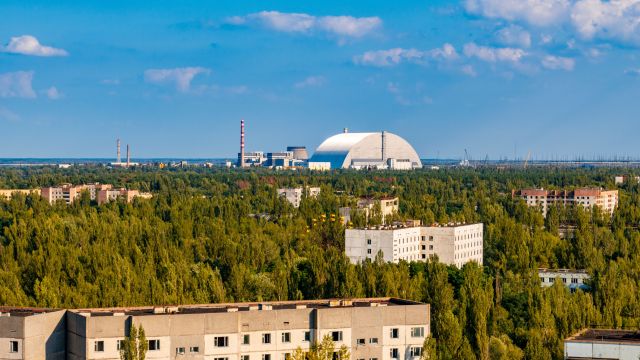
Chernobyl: The nuclear accident showing effects to this day
Sarcophagus and New Safe Confinement
Immediately after the accident, a steel-and-concrete structure was erected over the destroyed reactor: the so-called sarcophagus. As this protective shell, which was built under difficult circumstances, was only designed for a lifespan of 30 years, a new protective shell - the "New Safe Confinement" - was slid over the destroyed reactor unit and the old sarcophagus in 2016. It is designed for an operating lifetime of 100 years. The old sarcophagus and the reactor are to be dismantled underneath it by 2065.
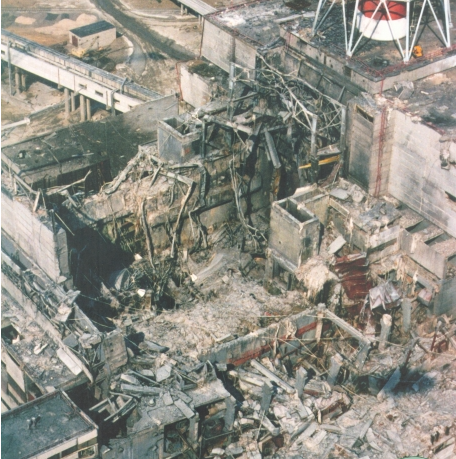
War and coronavirus pandemic influence the planned work
Dismantling is not progressing as planned due to the war and the preceding coronavirus pandemic. The Russian army occupied the Chernobyl nuclear power plant, including the exclusion zone, immediately after the invasion of Ukraine on 24 February until the end of March 2022. During this time, facilities and equipment, such as a laboratory for analysing radioactive waste, were destroyed and looted and, among other things, vehicles, documents, dosimeters, computers and software were stolen. Between April and August 2022, the Ukrainian nuclear authority suspended all licences for decommissioning and waste treatment work. After confirmation that the necessary safety level had been restored, these licences were granted again.
Against this backdrop, in December 2023 the Ukrainian supervisory authority extended the licence for the sarcophagus, which had been stabilised to a certain extent, for a further six years until 2029.
In April 2023, the International Atomic Energy Agency (IAEA) launched a comprehensive medical programme to support the mental health of staff at Ukrainian nuclear power plants. The Chernobyl nuclear power plant plans to improve the equipment in the staff rest rooms, for example.
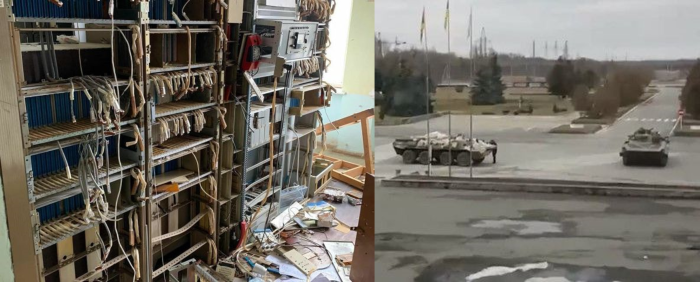
Dismantling, conditioning of radioactive waste and storage
In recent years, various facilities for conditioning and storing radioactive waste have been put into operation at the Chernobyl site, forming the basis for the dismantling of the nuclear power plant.
1. Storage of spent fuel
The Interim Spent Fuel Storage Facility (ISF-2) has been the officially authorised interim storage facility for fuel from the Chernobyl nuclear power plant since April 2021. It consists of a spent fuel processing facility (SFPF), where the spent fuel is prepared for packaging and storage, and a storage area.
By the end of 2023, a total of 2,391 spent fuel assemblies had been transported here for long-term storage. In 2023 alone, 549 spent fuel assemblies were transported from ISF-1 to ISF-2. In total, there is space for more than 21,000 spent fuel assemblies from Units 1 to 3, which can be put into dry storage here in concrete modules for at least 100 years.
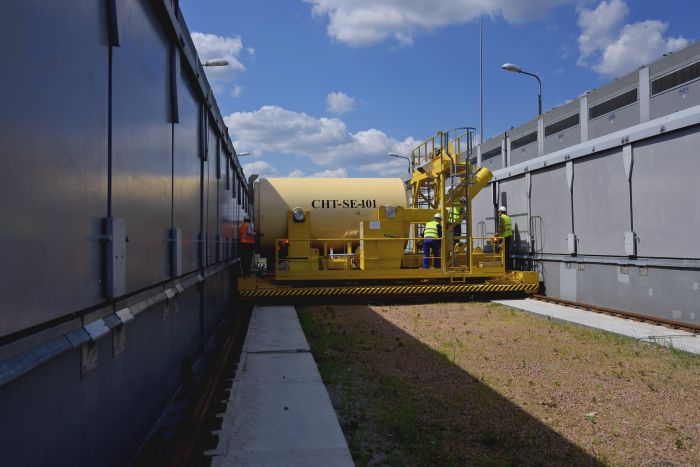
2. Centralised interim storage facility for spent fuel (CSFSF)
The construction of the central storage facility (CSFSF) for spent fuel from the Rivne, South Ukraine and Khmelnytsky nuclear power plants was completed in 2021. The first delivery of spent fuel from the Rivne NPP took place in May 2023. As of January 2024, there were a total of 13 storage containers in the central storage facility. Further transports are planned.
3. Conditioning of liquid radioactive waste
Since 2021, the Liquid Radwaste Treatment Plant (LRTP) has been treating liquid radioactive waste that has been and continues to be generated during the operation of the nuclear power plant. The LRTP's operating licence was suspended between 26 April and 15 August 2022 due to the war. The plant resumed operations in 2023 and processed around 230 m³ of waste. The waste is conditioned with a cement mixture. The mixture is packed into 200-litre drums, which can be transferred to the "Engineered Near Surface Disposal Facility" (ENSDF) for low and medium active waste on the Vektor complex in the Chernobyl zone after a waiting period of at least 28 days.
4. Conditioning of solid radioactive waste
In the "Industrial complex for solid radioactive waste management" (ICSRM), solid radioactive waste is processed and packaged so that it is ready for disposal in the ENSDF near-surface repository. The final commissioning phase, the so-called "hot tests", for the ICSRM started at the end of 2021. This involves operating the facility in a mode that comes as close as possible to future conditions. The work was completed in August 2022. The final operating licence will be issued as soon as all necessary documents have been received and confirmed.
Chernobyl: Work of GRS
GRS is monitoring the work at the Chernobyl site on behalf of the Federal Ministry for the Environment through various research projects and supports the authorities in their work as part of international co-operation projects.
Chernobyl Shelter Fund: Database on the radiological situation
Since 2006, GRS has been developing the "Shelter Safety Status Database" (SSSDB) together with Ukrainian scientists. The database collects data on the radiological situation on site, gathered by Ukrainian experts. This includes data on radionuclide activities in ground and surface water, in air close to the ground, in waste dumps, and also data in connection with forest fires. The database can be used to create geographical maps with measured values and three-dimensional views of the site, including the sarcophagus and the New Safe Confinement.
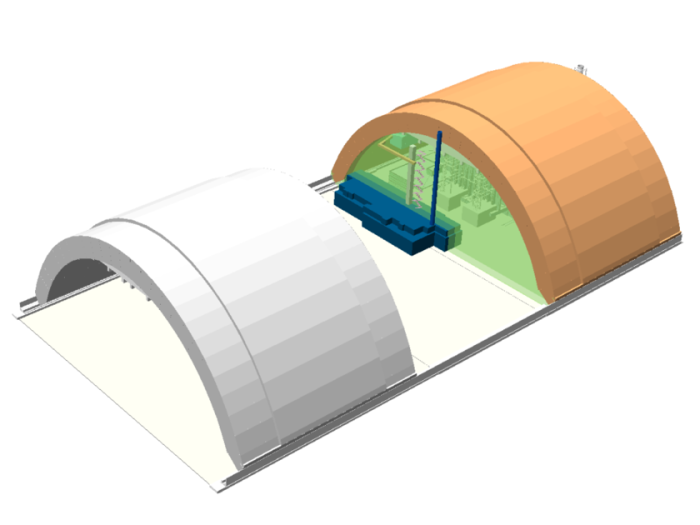
The project will focus on making data and information available in connection with the upcoming dismantling, stabilisation of the sarcophagus, salvage and disposal of radioactive materials, and describing the radiological situation inside and outside the sarcophagus as well as existing and potential effects of radioactive contamination on the environment. In addition to the changes brought about by the New Safe Confinement, the effects of the occupation and destruction by Russian troops in the spring of 2022 will also be recorded and their safety significance analysed.

Waste management strategies at the Chernobyl site and in Ukraine
Together with the Ukrainian technical expert organisation SSTC NRS, GRS is currently analysing the site-specific and nationwide disposal strategies for radioactive waste and spent fuel assemblies, taking into account i.a. Russia's ongoing war against Ukraine. The project ends in the autumn of 2024.